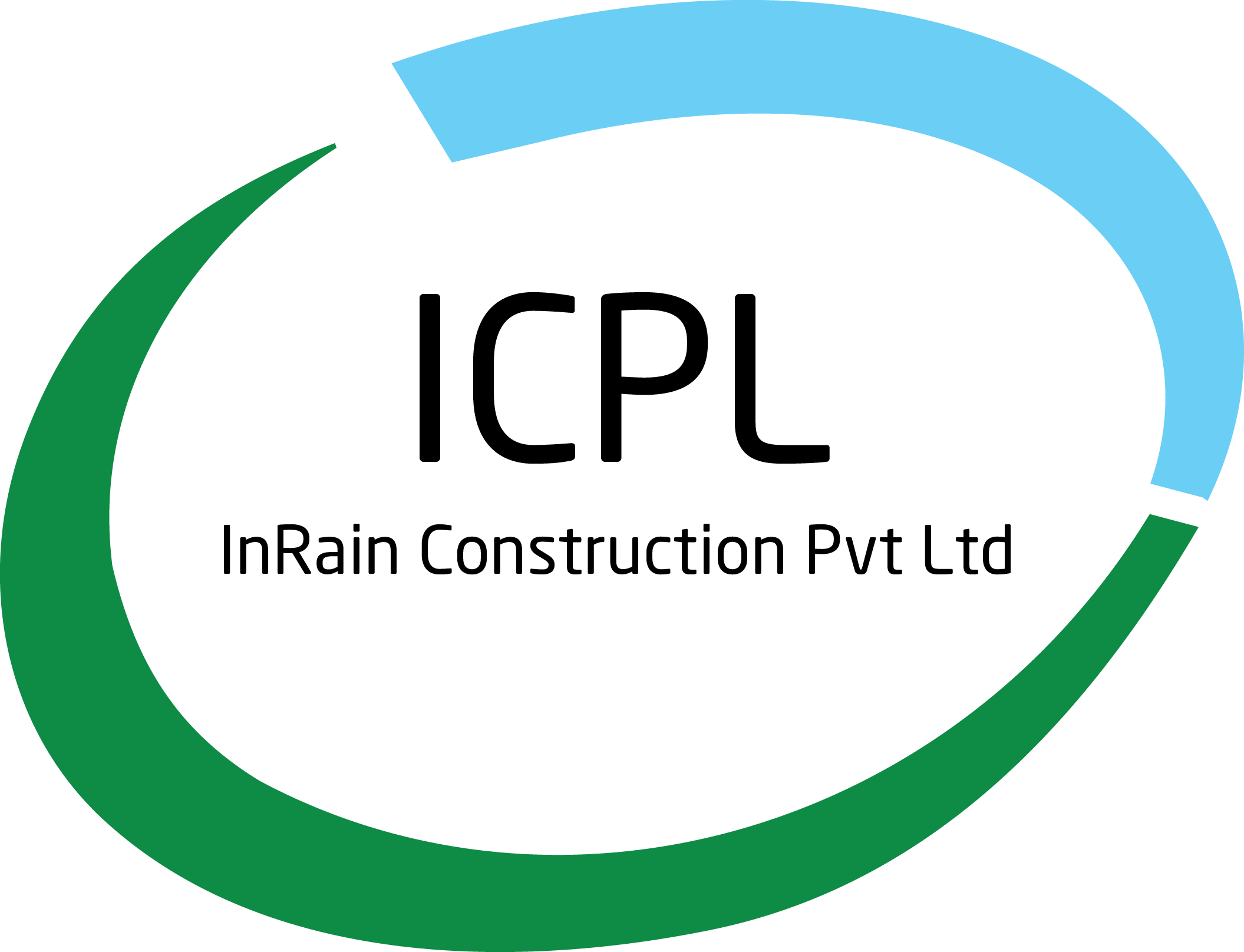Rainwater Harvesting System in India
Water scarcity has become a major issue in India, fueled by rapid population growth and increasing urbanization. As conventional water sources face rising demand, rainwater harvesting has emerged as an effective and sustainable solution. This age-old practice is seeing a resurgence due to its potential to reduce water shortages, decrease reliance on municipal water supplies, and promote environmentally responsible water management across the diverse regions of India.
The Significance of Rainwater Harvesting in India
Rainwater harvesting is essential for India, where the monsoon season brings a large but often underutilized water supply. By capturing and storing rainwater efficiently, these systems help reduce pressure on groundwater reserves and minimize the risk of urban flooding. Rainwater, being naturally soft and free from many contaminants found in other sources, is particularly well-suited for non-potable applications such as irrigation, sanitation, and industrial processes.
Key Components of a Rainwater Harvesting System
Rainwater harvesting systems consist of several important components that work together to collect, store, and distribute rainwater. These include:
Gutters and Downspouts: These channels direct rainwater from the catchment surface to the storage system.Leaf Screens and Filters: These help prevent debris, leaves, and other contaminants from entering and clogging the pipes or storage tanks.Storage Tanks: Designed to store the collected rainwater, these tanks can be placed either above or below ground, depending on available space and regulations.First Flush Diverters: These devices ensure that the first runoff, which may contain pollutants, is directed away from the main storage system.Pumps and Distribution Systems: These are used to extract and distribute the harvested water for various uses, such as irrigation or indoor non-potable water needs.
Advantages of Rainwater Harvesting
Installing a rainwater harvesting system offers multiple benefits. First, it eases the pressure on traditional water sources, such as rivers and groundwater, contributing to their long-term preservation. Additionally, rainwater harvesting helps alleviate the effects of urbanization by managing stormwater runoff and reducing the likelihood of localized flooding. By using rainwater for non-potable purposes like irrigation, homeowners and businesses can achieve significant cost savings by decreasing reliance on treated municipal water.
Furthermore, rainwater harvesting fosters self-sufficiency and resilience, particularly in areas susceptible to drought or water restrictions. It enables individuals and communities to manage their own water supply, reducing dependence on centralized infrastructure. Finally, lowering the demand for municipal water sources through rainwater harvesting results in energy savings associated with water treatment and distribution.
Considerations and Maintenance
When implementing a rainwater harvesting system, it is important to consider factors such as local laws, the size of the catchment area, and the intended uses of the harvested water. Regular maintenance, such as cleaning gutters, screens, and filters, is essential for ensuring the system runs efficiently and the water remains clean for its intended applications.
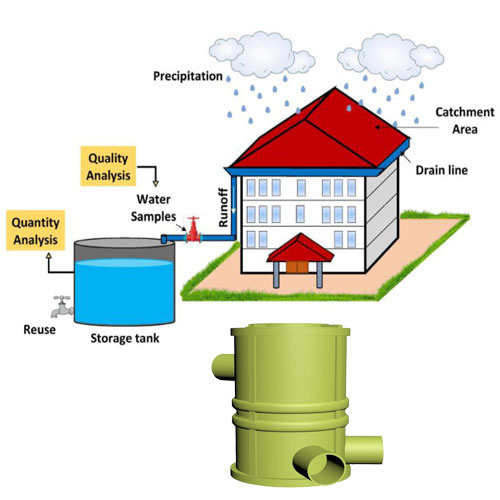
Rainwater Harvesting System for Warehouses
Co-polymer based Rainwater Harvesting System
Modular Rainwater Harvesting System
FRP based Rainwater Harvesting System
Roof top Rainwater Harvesting System
Ground water recharge system for industries
Rainwater Harvesting vendors in Delhi(NCR)
Rainwater Harvesting vendors in India
Box type Rainwater Harvesting System
Storm water recharge and management system
Bioswale for Rainwater drain
Rainwater Harvesting System
Rainwater Harvesting System for industries
Rainwater Harvesting Installation Company
Rainwater Harvesting System in India
Modular Rainwater Harvesting System for industries
Rainwater Harvesting System in Delhi-NCR
Rainwater Harvesting System manufacturers
Our Happy Clients

TATA
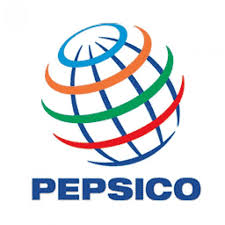
PEPSICO

HONDA

SMART CITY KARIMNAGAR
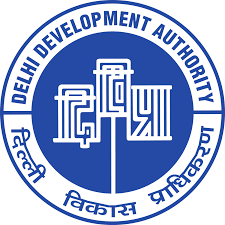
DELHI DEVELOPMENT AUTHORITY

PRADHANMANTRI SANGRAHALAYA
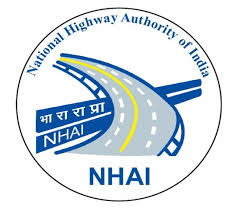
NHAI

INTERNATIONAL ARRIVALS
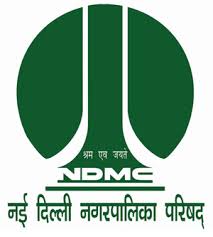
NDMC

HINDUSTAN UNILEVER

CPWD

PWD

LARSEN & TOUBRO

MARATHON ELECTRIC

MITTAL CONS.

GMDA

FUJITA

BROOKFIELD PROPERTIES
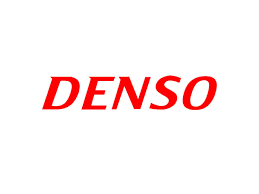
DENSO

GLS

CBRE

SMC

SUPREME PIPES

AHRESTY
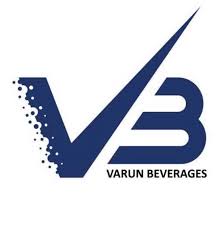
V3
©Copyright 2025 InRain® Construction Pvt. Ltd. All Rights Reserved.
